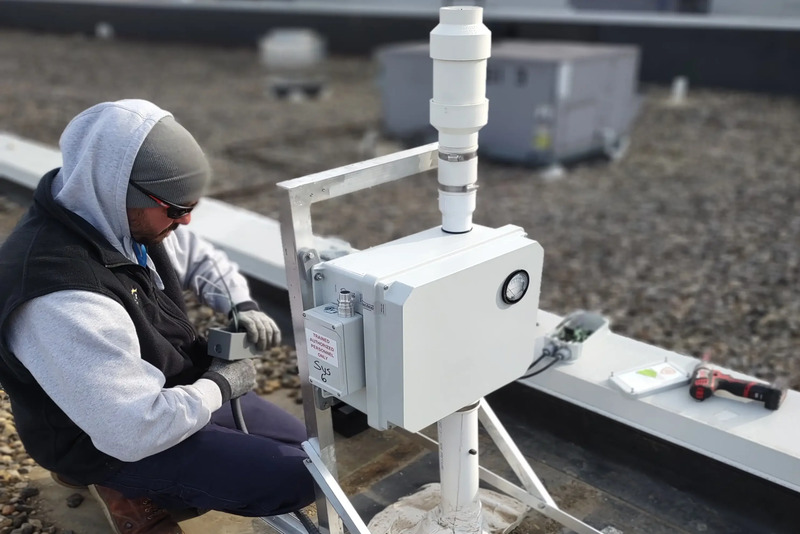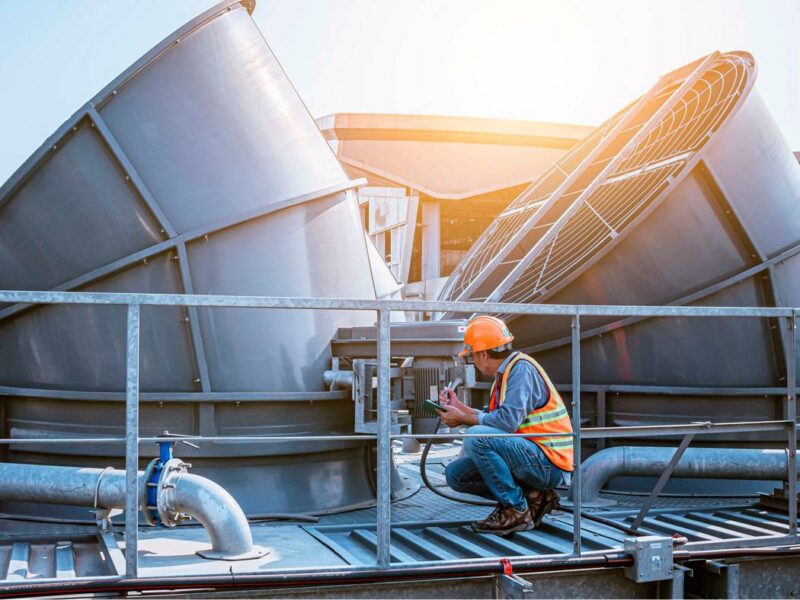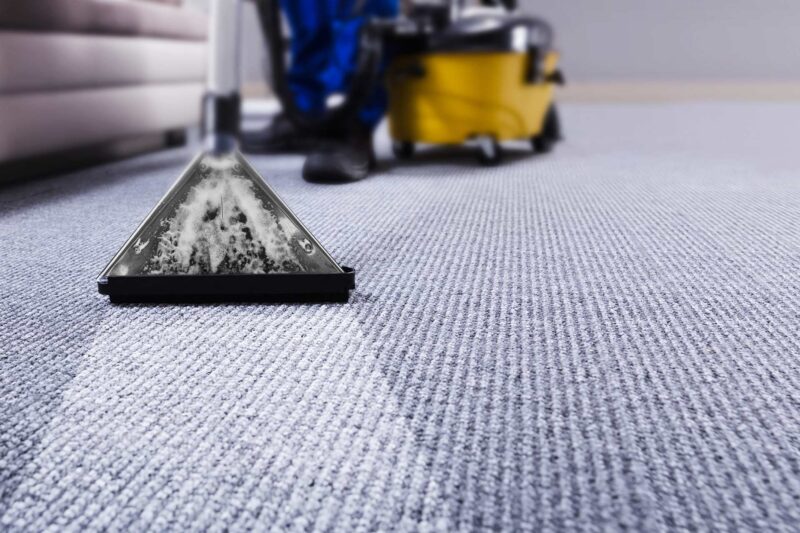Introduction
Vapor monitoring plays a critical role in identifying and managing subsurface contamination that can affect indoor air quality and human health. When volatile organic compounds (VOCs) or other hazardous vapors migrate from contaminated soil or groundwater into overlying buildings, the phenomenon is known as vapor intrusion. Monitoring these vapors helps environmental professionals detect, measure, and control such risks before they reach harmful levels. To learn more about how vapor monitoring supports environmental protection, it is important to understand the technologies and methods used in the process.
The Purpose of Vapor Monitoring
The main goal of vapor monitoring is to check if vapors from contaminated sources are entering occupied spaces and determine their concentration. Ongoing or occasional monitoring allows for early detection of vapor intrusion, enabling prompt action to address the issue. This is especially crucial for sites with known contamination, redevelopment projects, and industrial facilities where volatile compounds can linger in the subsurface environment.
Monitoring data guides risk assessment and helps design effective mitigation systems. Regulators and environmental engineers depend on this information to ensure that indoor air meets state and federal safety standards.
Key Technologies Used in Vapor Monitoring
There are several technologies for vapor monitoring, each designed for different site conditions and project goals. The most common methods include:
-
Passive Sampling Devices (PSDs)
Passive samplers gather vapors over time without needing pumps or power sources. They work through diffusion, allowing contaminants to build up in an absorbent material for later lab analysis. These devices are helpful for long-term monitoring and give average vapor concentrations.
-
Active Sampling Systems
Active sampling pulls air or soil gas into canisters or sorbent tubes using pumps. This method provides immediate data and effectively detects short-term changes in vapor concentrations. It is often used during site investigations and indoor air assessments.
-
Continuous Real-Time Monitoring Instruments
New technologies allow for continuous, automated monitoring of vapor levels. Instruments like photoionization detectors (PIDs), flame ionization detectors (FIDs), and infrared analyzers give instant feedback. This is valuable for high-risk or sensitive sites, helping identify sudden changes in vapor levels and supporting quick decision-making.
-
Sub-Slab and Soil Gas Probes
In vapor intrusion studies, probes installed under building foundations or in the soil collect gas samples directly from the subsurface. The findings provide insight into vapor migration patterns and possible entry points into indoor spaces.
Data Interpretation and Quality Assurance
Careful interpretation of vapor monitoring results is crucial for assessing exposure risks and guiding mitigation efforts. Factors like temperature, humidity, barometric pressure, and building ventilation can affect vapor concentrations. Thus, data must be accurately validated and compared to screening levels set by regulatory agencies.
Quality assurance processes, such as equipment calibration, duplicate sampling, and thorough documentation, help ensure that results are trustworthy. Environmental consultants often create site-specific sampling plans to maintain consistency and compliance during the monitoring program.
Integrating Monitoring With Mitigation
Monitoring continues even after installing a mitigation system. Ongoing or periodic testing confirms whether measures like sub-slab depressurization or vapor barriers effectively reduce contaminant levels. This feedback loop ensures the system remains functional and protective over time.
In some cases, automated sensors work with mitigation systems to allow for adjustments based on real-time data. This innovation improves long-term efficiency and lowers the chances of vapor re-entry.
Conclusion
Vapor monitoring serves as the cornerstone of vapor intrusion management by providing the data needed to evaluate, mitigate, and maintain safe indoor environments. Through the use of passive samplers, active sampling techniques, and real-time monitoring tools, environmental professionals can accurately assess vapor risks and ensure compliance with safety standards. The continuous evolution of these technologies underscores their importance in protecting public health and supporting sustainable site redevelopment. To learn more about how these methods contribute to long-term environmental safety, understanding both the science and practice of vapor monitoring remains essential.




